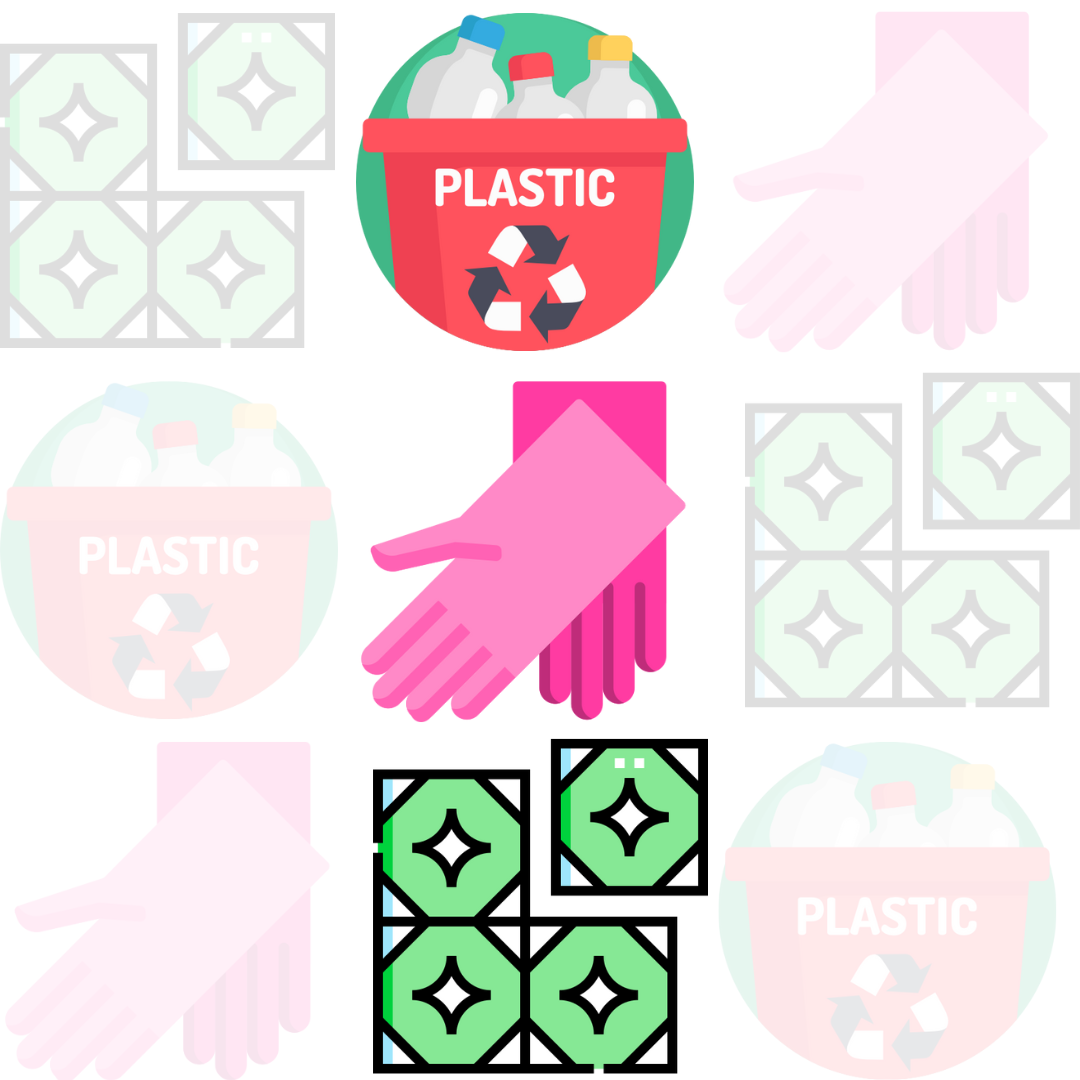
Understanding the RoDTEP Scheme: A Boost for Indian Exports
The RoDTEP Scheme (Remission of Duties and Taxes on Exported Products) is a strategic initiative by the Government of India to enhance the competitiveness of Indian exports in global markets. Introduced as a replacement for the Merchandise Exports from India Scheme (MEIS), it aligns with international trade regulations and aims to provide exporters with significant financial relief.
Under this scheme, exporters are reimbursed for various duties and taxes that were previously non-refundable. These include central and state levies such as electricity duties, fuel used for transportation, and other unrebated costs incurred during production and exportation. By offsetting these hidden costs, the RoDTEP scheme reduces the overall burden on exporters, enabling them to price their goods more competitively in the international market.
Scheduled to take effect from January 1, 2021, the RoDTEP scheme is available to all eligible exporters across India. Its implementation is expected to provide critical support to businesses, especially those struggling with financial challenges brought on by the COVID-19 pandemic. Additionally, this initiative is projected to stimulate the country’s export sector, bolstering India’s presence in the global economy.
With the RoDTEP scheme, the government aims to ensure that Indian exports not only recover from pandemic-induced disruptions but also thrive in the long term by addressing structural inefficiencies.
Eligibility Criteria for the RoDTEP Scheme
Documents Required for RoDTEP Scheme
- Export Invoice
- Shipping Bill
- Bill of Lading
- GST Returns
- Bank Realization Certificate (BRC)
- Certificate of Origin
- Additional Documents Customs or the Directorate General of Foreign Trade (DGFT) for further verification
Professional Fees
RoDTEP Registration
- Exclusive of Government Fees
- Call , Email , Chat Support
- Document Verification and Drafting
- End-to-End Guidance
- Post-Assignment Support
- No hidden charges
Categories Under the RoDTEP Scheme

Category A: Agricultural and Traditional Products

Category B: High Employment Potential Products

Category C: Export Growth-Oriented Products

Category D: Lower Priority Products
Key Benefits of the RoDTEP Scheme
Unlike the discontinued MEIS scheme, the RoDTEP scheme aligns with World Trade Organization (WTO) trade norms, ensuring its acceptance in international trade practices and avoiding disputes under global trade rules.
The scheme leverages technology for seamless operations:
- Utilizes an electronic credit ledger to maintain and track input credits.
- Employs Risk Management Systems (RMS) for profiling shipping bills, minimizing physical intervention and expediting processing.
Applicable to goods from all sectors, the scheme ensures uniformity in benefits across industries, providing comprehensive support to exporters regardless of the type of goods being exported.
The Ministry of Finance has introduced a fully automated refund mechanism, ensuring:
- Reduction of double taxation.
- Streamlined claims for GST refunds and deemed exports.
- Simplified and faster processes, benefitting both the public and private sectors.
Features of the RoDTEP Scheme
The RoDTEP Scheme has been carefully designed to encompass a wide range of features, ensuring fairness, efficiency, and global trade compliance. Below is an in-depth overview of its major features:
The scheme extends its coverage across all sectors of exports, ensuring no industry is left behind. Particular emphasis is placed on labor-intensive sectors, recognizing their role in driving employment and economic growth. This targeted approach aims to stimulate job creation while bolstering exports.
Replacing the MEIS Scheme effective 1st January 2021, the RoDTEP scheme offers benefits calculated at varying rates—commonly 2%, 3%, or 5% of the export value—depending on the product category. This ensures a smooth transition and continuous support for exporters as per international trade norms.
The scheme is open to a broad range of exporters, including manufacturer exporters, merchant exporters, and even units within Special Economic Zones (SEZs). However, certain categories, such as exports undertaken under Advance Authorisation Schemes or by Export Oriented Units (EOUs), are specifically excluded, ensuring focused application and compliance with overarching trade policies.
To ensure inclusivity, the scheme imposes no minimum export value or turnover requirements, allowing businesses of all sizes, from startups to established enterprises, to avail themselves of its benefits. Furthermore, goods exported through any mode of transportation—whether by air, sea, or road—qualify for the scheme. However, eligibility is contingent on adherence to country of origin rules, and re-exported products are expressly ineligible, reinforcing the scheme’s intent to support Indian-origin goods.
With a focus on efficiency, the RoDTEP Scheme employs a fully automated tax assessment system, significantly reducing manual intervention and the likelihood of delays or errors. This automation is complemented by a real-time monitoring system that enables exporters to track the clearance status of their shipments through an integrated digital platform, ensuring transparency and accountability.
The credits received under the scheme can be utilized to offset basic customs duties on imported goods, offering further cost advantages to exporters. Additionally, these credits are freely transferable, providing flexibility for exporters to trade them with other importers, thus enhancing liquidity and usability.
By integrating these features, the RoDTEP Scheme ensures a comprehensive, transparent, and user-friendly approach to supporting Indian exporters, promoting competitiveness in the global market while adhering to international trade obligations.
Eligibility Criteria for the RoDTEP Scheme
The RoDTEP Scheme establishes broad eligibility to promote inclusive participation while adhering to specific conditions to ensure compliance and fairness. Below is a detailed breakdown of its criteria:
Exporters eligible for this scheme include both manufacturer exporters and merchant exporters (traders). This inclusive approach ensures that businesses involved in either the production or trading of goods can benefit from the scheme’s incentives, irrespective of their operational model.
The scheme imposes no minimum turnover threshold, making it accessible to exporters of all scales, including startups, small businesses, and established enterprises. This provision highlights the government’s commitment to supporting exporters at every level, fostering a robust export ecosystem.
To ensure the integrity of the scheme, re-exported products are explicitly excluded. This condition reinforces the scheme’s objective of promoting genuine Indian exports and prevents misuse of benefits intended for locally produced goods.
For a product to qualify under the RoDTEP Scheme, it must be certified as originating from India. This requirement ensures that the incentives directly benefit Indian industries and contribute to the growth of domestic manufacturing and trade.
Additionally, the scheme extends its benefits to units operating within Special Economic Zones (SEZs) and Export Oriented Units (EOUs), reflecting its comprehensive coverage across different types of export-driven entities.
Recognizing the evolving landscape of global trade, the scheme also accommodates goods exported via courier services and through e-commerce platforms. This provision ensures that exporters leveraging modern trade channels are equally empowered to participate in international markets.
By integrating these detailed eligibility parameters, the RoDTEP Scheme aims to provide a balanced framework that fosters growth, ensures compliance, and aligns with India’s export objectives.
Procedure to Apply for the RoDTEP Scheme Online
- Exporters seeking benefits under the RoDTEP Scheme must follow these steps to apply online:
Register on the DGFT Portal
- Begin by visiting the official Directorate General of Foreign Trade (DGFT) website at dgft.gov.in. If you are a first-time user, complete the registration process by creating a user ID and password.
Access the RoDTEP Services
- Navigate to the ‘Services’ tab on the website. From the dropdown menu, select the ‘RoDTEP’ option to proceed.
Initiate the Application
- Click on the ‘Apply for RoDTEP’ link to open the application form. This step will initiate the process of filing a claim for RoDTEP benefits.
Complete the Application Form
- Provide accurate and complete information in the form, including:
- Exporter’s name and business details.
- Address and contact information.
- Details of the export products for which the benefits are being claimed.
- Provide accurate and complete information in the form, including:
Upload Supporting Documents
- Attach all the required documents to substantiate your claim, such as:
- Export invoices detailing the goods.
- Shipping bills to verify the shipments.
- Bills of lading as evidence of the exported goods.
- Attach all the required documents to substantiate your claim, such as:
Submit the Application
- After ensuring all details and documents are correctly filled and uploaded, submit the application form online.
Receive Approval and Credit Scrip
- Once the application is verified and approved by the authorities, the exporter will receive an electronic credit scrip. This credit can be used to offset customs duties and other applicable taxes on imported goods.
How Our Team Works
Why Choose Covering Taxes
Frequently Asked Questions
A: No, the Indian government has yet to announce the applicable rates for the RoDTEP Scheme.
A: The RoDTEP Scheme encompasses exports from a wide range of industries, including agriculture, engineering, pharmaceuticals, textiles, handicrafts, gems and jewelry, marine products, leather, and chemicals.
A: At present, the petroleum and oil sectors are excluded from the RoDTEP Scheme.
A: The RoDTEP Scheme will remain in effect until the expiration of the Foreign Trade Policy (2015-2020), which is set to conclude on 31st March 2022.
A: No, there is no cap or limit on the amount of RoDTEP benefits that exporters can claim.
A: Yes, RoDTEP scrips are transferable to other individuals or companies, in accordance with the guidelines set by the Directorate General of Foreign Trade (DGFT).
A: The Directorate General of Foreign Trade (DGFT), under the Ministry of Commerce and Industry of the Government of India, governs the RoDTEP scheme. Additionally, the Central Board of Indirect Taxes and Customs (CBIC) is responsible for the scheme’s implementation, while the Customs Department handles the processing of RoDTEP claims.
A: The RoDTEP rates differ based on the type of product being exported. These rates are outlined in Appendix 4R of the Foreign Trade Policy (FTP). For the most up-to-date information, exporters can refer to the DGFT website.
A: No, RoDTEP is not subject to taxation. It serves as a refund for taxes and duties that have already been paid on inputs used in the production of exported goods.
A: No, GST is not applicable to the RoDTEP scheme. It is a refund of duties and taxes, not a taxable transaction.


